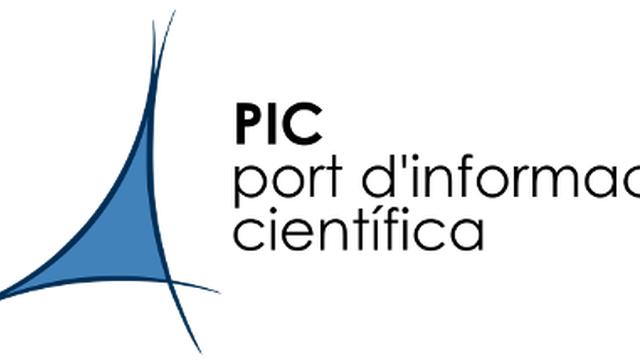PIC
PIC’s computing resources at the service of COVID-19 research
April 9, 2020
Port d'Informació CientíficaThe Port d’Informació Científica (PIC), a research facility created by IFAE and CIEMAT to support scientific groups that require lots of computing for processing data, is putting its computing capacitiy at the service of the COVID-19 research.
PIC has been running clients of the Folding@Home collaborative computational project in part of its GPU nodes since April 1st. These nodes are normally used by IFAE researchers to analyze astrophysics or particle physics data and now they have been reconfigured to simulate protein folding as part of the Folding@Home worldwide network.
The Folding@Home project uses computer simulations to understand how proteins fold into 3D shapes to perform various functions. Viruses have proteins that they use to suppress our immune systems and reproduce themselves. To help tackle coronavirus, the simulations aim to understand how these viral proteins work to help design therapeutics to stop them.
In the coming days, the amount of resources at PIC devoted to the Folding@Home effort are expected to grow substantially, as the LHC experiments at CERN roll out a coordinated effort to dedicate part of the world-wide LHC data processing infrastructure to COVID-19 research boosting Folding@Home computing capacity. As one of the nodes in the LHC infrastructure, PIC will participate in this initiative. The results of the simulations will be published in the open repository Zenodo, run by CERN.
The Folding@Home project has got a lot of attention in the last weeks and thousands of volunteer computing resources are joining this common effort. More than one million computers are now part of the system, adding up to an estimated computing capacity of 1.5 exaflops, ten times higher than that of the world’s most powerful supercomputer.

New Dataset available
DESI DR1 Now Available at CosmoHub
September 12, 2025
The Port d’Informació Científica (PIC) has set up a European mirror of the DESI DR1 public release, making the full dataset available through its storage system: DESI DR1 Mirror @ PIC
New Instrumentation
New Wide-Field Telescope Installed at Montsec Observatory with PIC Participation
May 27, 2025
A new wide-field telescope (TRAC) has been installed at Montsec Observatory to enhance asteroid tracking, deep-sky imaging, and space technology research. Coordinated by the IEEC and with the involvement of PIC, the project is set to begin scientific operations in 2026.
